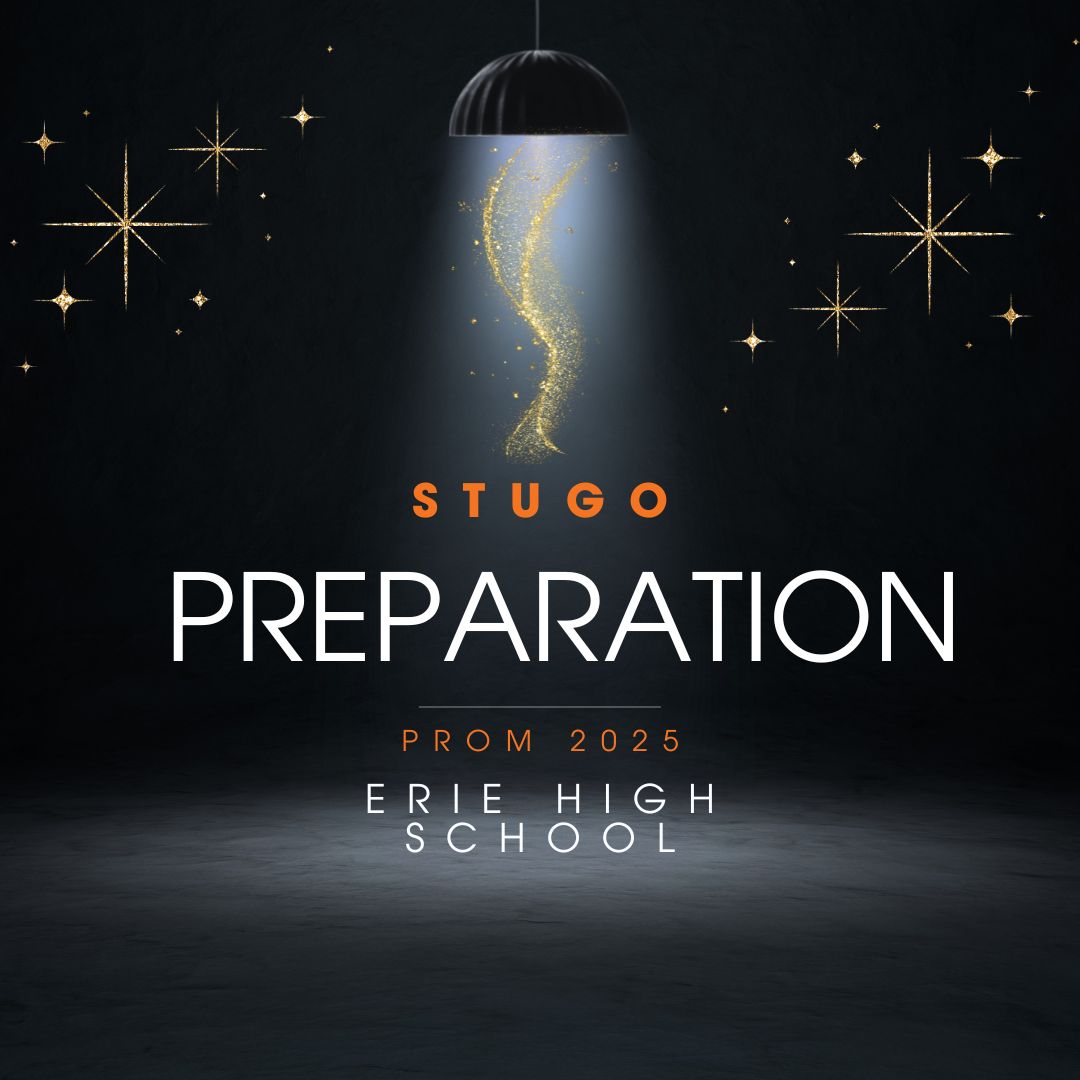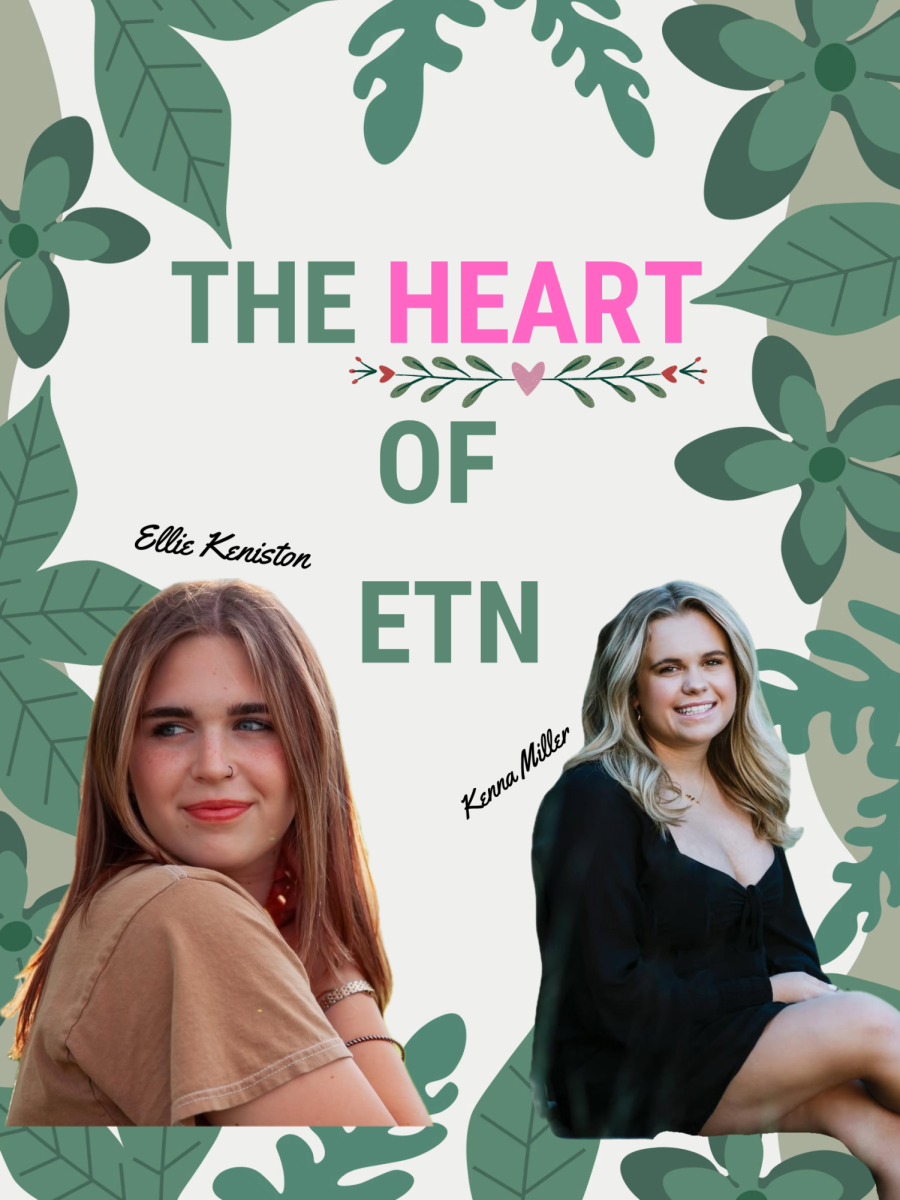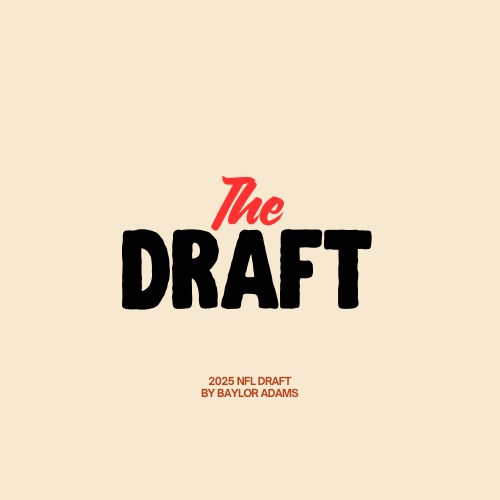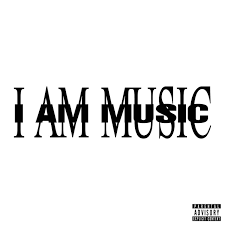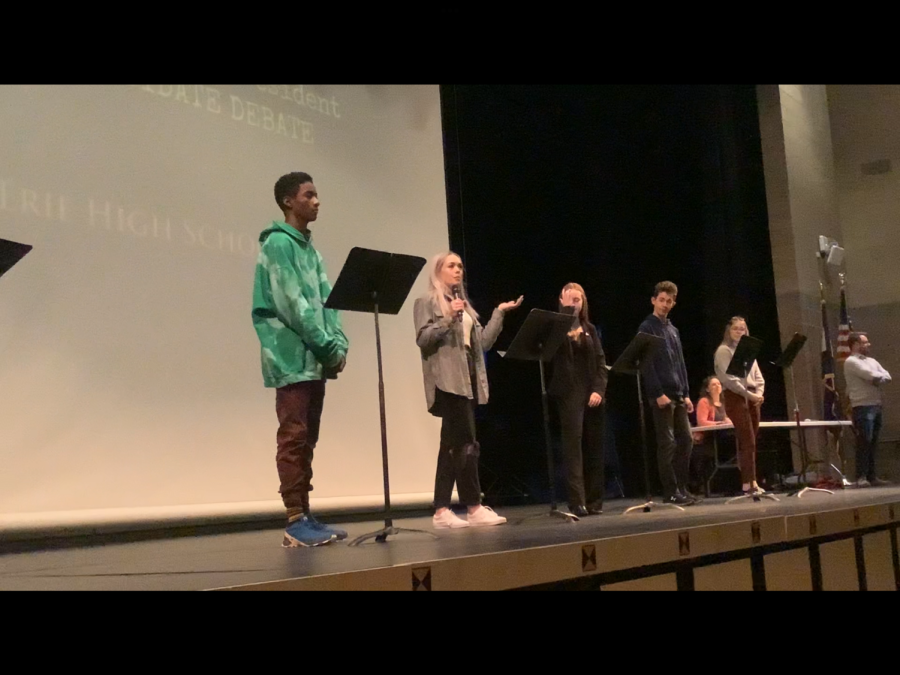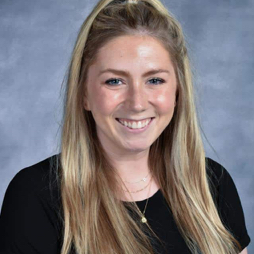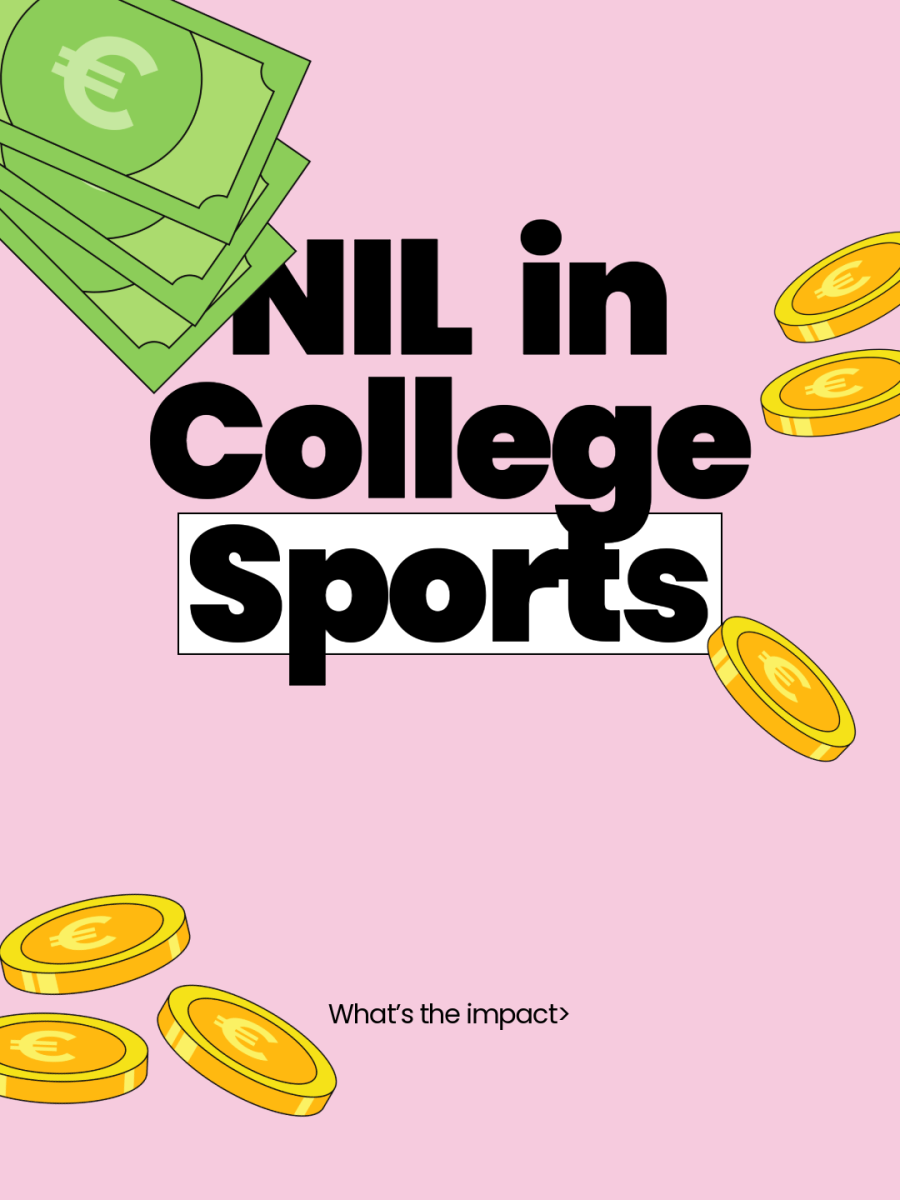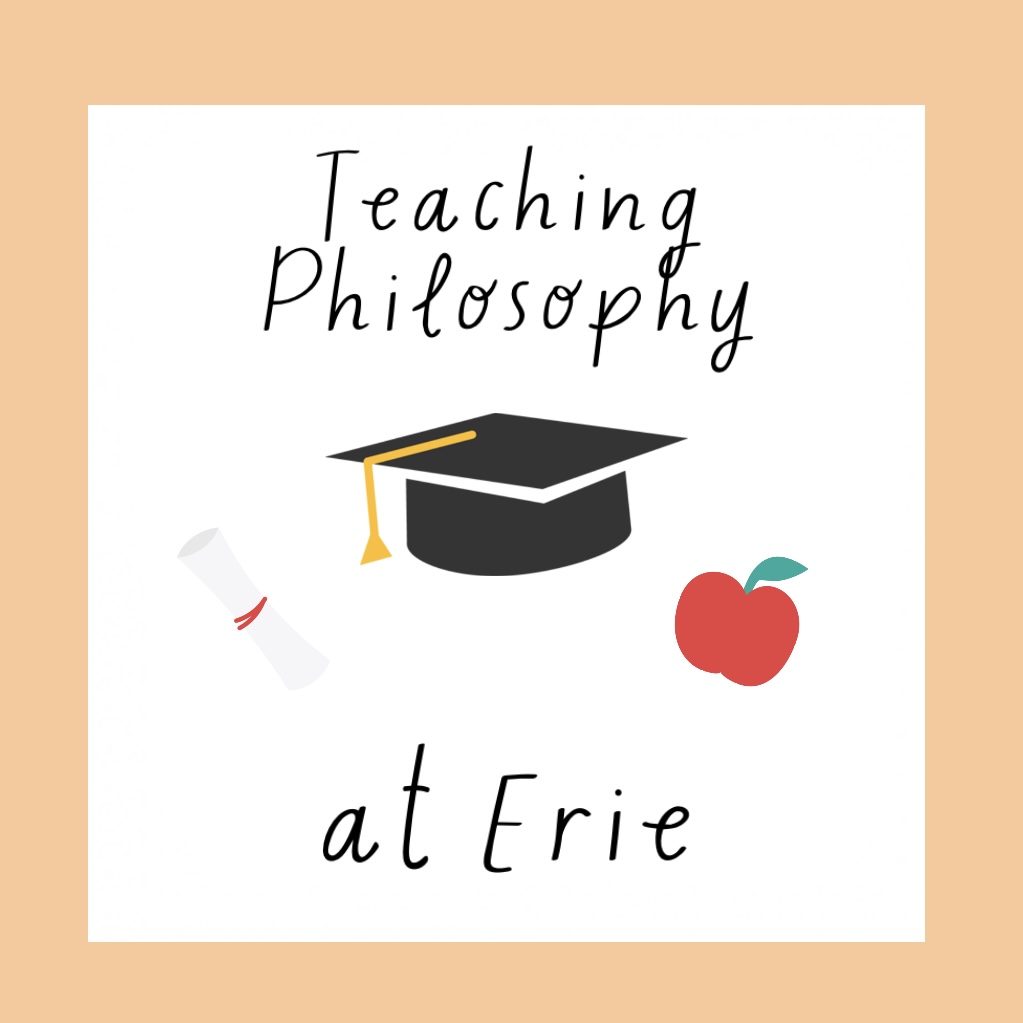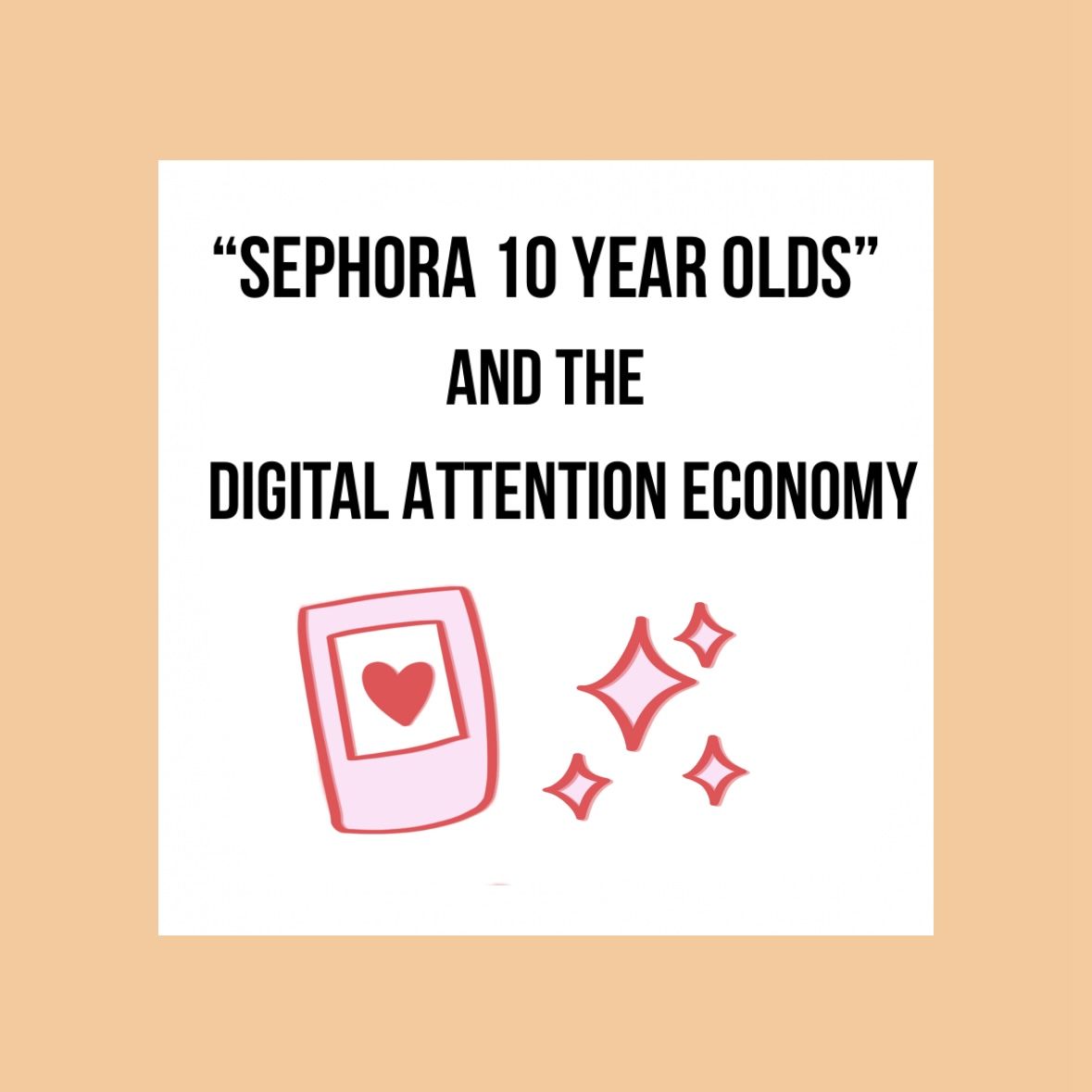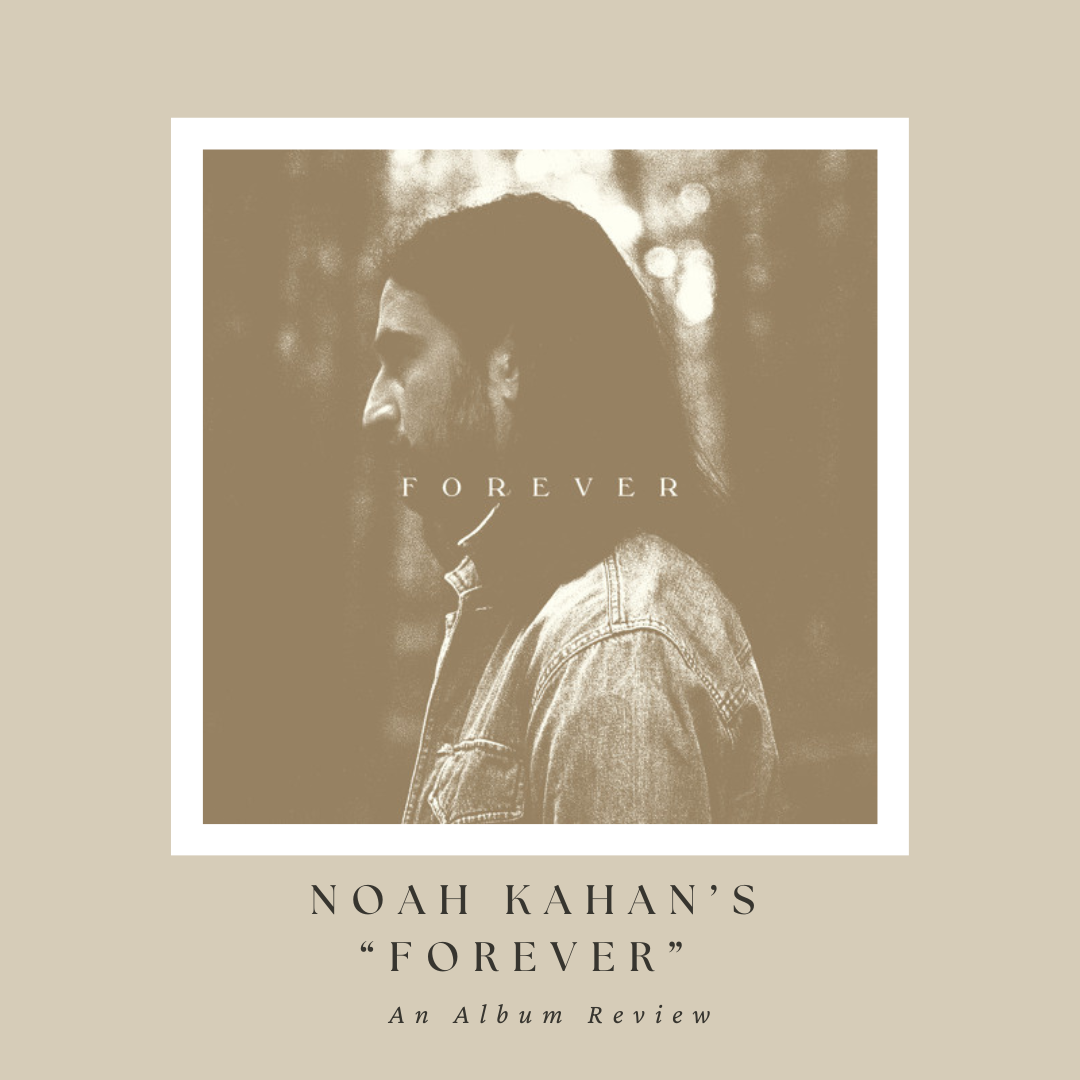The heart of Erie High School lies with its teachers. From fostering creativity and community to instilling a sense of significance in every lesson, the academic outlook at Erie is a diverse spectrum of educational ideals that make the school a hub of intellectual curiosity. In each instructor’s classroom, teaching goes beyond a standard curriculum…the pursuit of knowledge becomes a shared adventure.
English teacher of 11 years Laura Munnelly traces the development of her uniquely successful feed-back based learning program back to COVID. Recognizing students’ struggles, she seized the opportunity to integrate a new classroom structure, giving students agency in their own learning. In her feedback-based approach, students evaluate their grades based on skill standards, emphasizing growth and progress over mere point accumulation.
In Munnelly’s feedback-based course structure, students evaluate their own grades in reference to skill standards. “They are challenged to think and reframe their learning in a different way rather than chasing points,” Munnelly explains, “their growth and progress in those skills is what they reflect on. Aside from the content, they are one hundred percent in charge of their own learning and how they approach the course.”
The results were remarkable: in the first year, 33 out of 35 students who took an AP Exam passed with a three or higher. Her inspiration for a productive and rigorous curriculum draws from her experience as an award-winning women’s soccer player recently inducted into the CU Athletic Hall of Fame, balancing athletic pursuits and academic responsibilities.
In the same department, Jacob Rupp, with 18 years of teaching under his belt, also integrates the feed-back based curriculum in his own classes, crediting Munnelly and their collaborative approaches to courses like AP Lang as huge cornerstones of his career.
Evident by his personal statements and the distinctive One Direction posters gifted to him by previous students, the foundation for Rupp’s career is based on creating a meaningful impression by cultivating an enriching classroom environment. His humanist motivations involve building connections with his 320 students through continuous discussions, feedback, and recommendations for books that resonate with individual interests. He dismisses fake authority with a welcoming demeanor, joking, “The guy with a lisp and glasses that wears cardigans doesn’t really run a class with fear.”
Outside of the world of English and further into the realm of social sciences, the acclaimed AP Government and Military History teacher Jordan Graff adopts a distinctive approach to his teaching style: “keep[ing] it as funny as possible”, to make class engaging and memorable. Recognizing the importance of diverse learning styles and paths, he also coaches football to connect with students outside the classroom. Graff’s main goal is to spark an investment in history and government, affirming the multitude of ways such knowledge will inspire students in all walks of their life.
Wrapping up this look into their worlds, it’s clear these teachers are more than just books and grades. Pushing their students to think, create, and love learning are essentials to every one of Erie’s teachers, accomplished through creative approaches, thoughtful applications, and personal values. “Three days of the five day week, I’ll be thinking, ‘I’ve gotta become a truck driver or something.’” Graff concludes. “But the two good days make it worth it. As an educator, sometimes you have to prepare to be frustrated. But you’ll also have a strong sense that you’re doing something important.”








